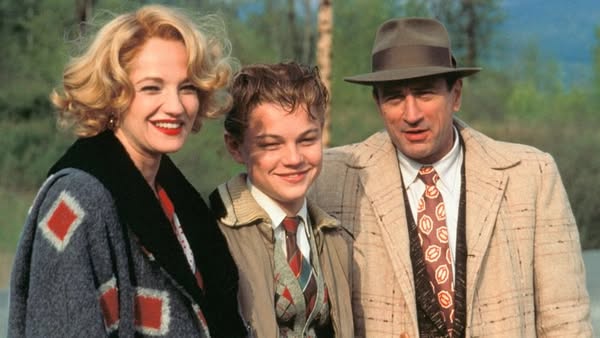This Boy’s Life (1993)

This Boy’s Life is a 1993 drama film directed by Michael Caton-Jones, based on the memoir of the same name by Tobias Wolff. The film stars Leonardo DiCaprio, Robert De Niro, and Ellen Barkin, and it explores themes of identity, resilience, and the complexities of family dynamics.
Set in the 1950s, the story follows Tobias “Toby” Wolff (DiCaprio), a young boy who, along with his mother, Caroline (Barkin), moves to a small town in Washington State to escape his troubled past. They hope for a fresh start, but Caroline’s relationship with the domineering and abusive Dwight Hansen (De Niro) complicates their lives. Dwight’s authoritarian approach clashes with Toby’s desire for independence and self-expression.

DiCaprio delivers a powerful performance as Toby, capturing the character’s struggles to navigate adolescence while dealing with the harsh realities of his home life. Robert De Niro’s portrayal of Dwight is chilling; he embodies the oppressive and volatile nature of the stepfather figure, creating a palpable tension throughout the film. Barkin’s character adds depth to the narrative, portraying a mother caught between her son and her partner.

The film poignantly depicts Toby’s quest for identity and acceptance, highlighting his determination to escape the confines of his difficult upbringing. It also explores the impact of toxic masculinity and the struggle for power within familial relationships.
This Boy’s Life received critical acclaim, particularly for the performances of its lead actors. Leonardo DiCaprio’s portrayal earned him significant attention and helped establish him as a rising star in Hollywood. The film’s exploration of complex themes resonates with audiences, making it a compelling coming-of-age story.

In conclusion, This Boy’s Life is a gripping and emotionally charged film that delves into the challenges of adolescence, familial conflict, and the search for self-identity. Its strong performances and poignant narrative continue to leave a lasting impact, solidifying its place in the canon of coming-of-age cinema.











